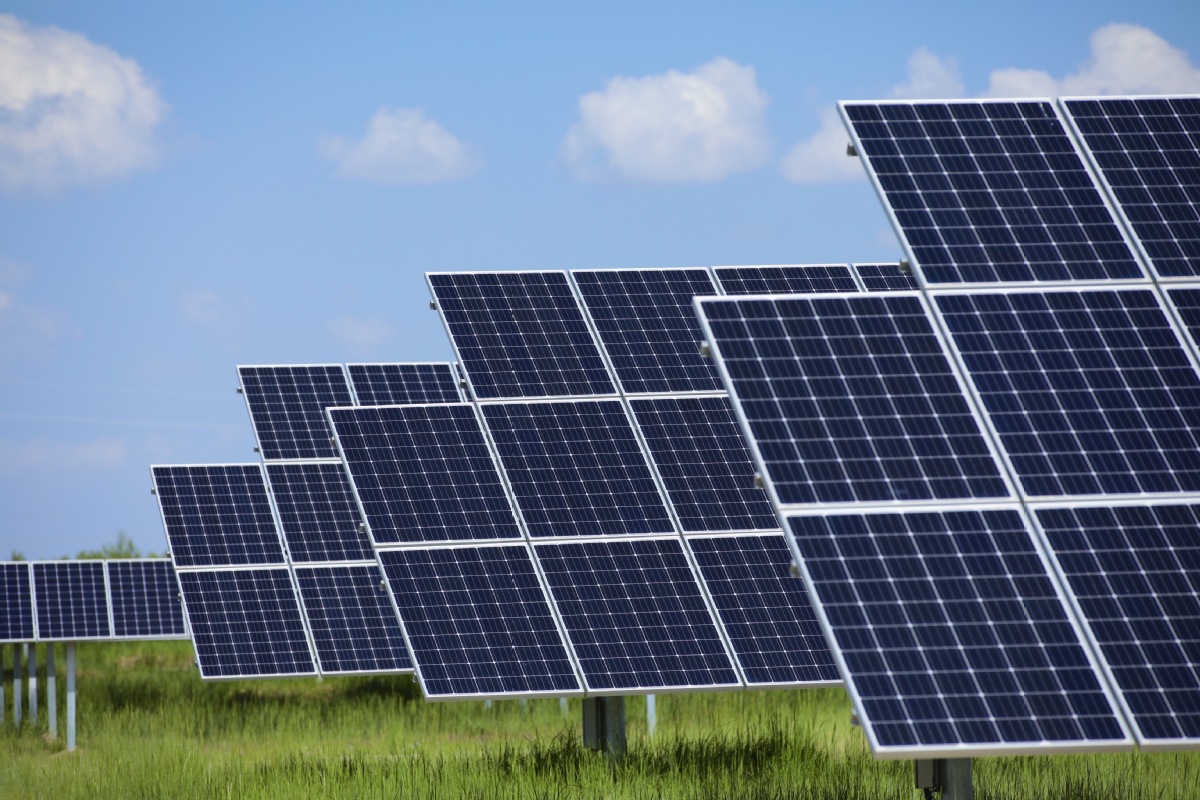New energy targets realized ahead of deadline
China Daily | Updated: 2024-08-26 07:19

According to data from the Chinese National Energy Administration, by the end of July 2024, the total installed capacity of power generation nationwide reached 3.1 billion kilowatts. Of this, solar power had an installed capacity of about 740 million kilowatts while that of wind power was around 470 million kilowatts, realizing early the commitment made six and a half years earlier for wind and solar power combined installed capacity to reach 1.2 billion kilowatts by 2030.
Following the announcement of China's peak and net-zero carbon commitments, photovoltaic power has experienced explosive growth in the country. And the growing demand has been reflected globally, leading the upstream industry of the PV to enjoy a glorious boom cycle from 2020 to 2022, turning relatively stable since 2023, and increasing from 280 million kilowatts at the end of 2020 to 470 million kilowatts in July 2024.
The rapid growth of photovoltaic and wind power installations have transformed China's electricity structure. As of the end of 2020, the combined installed capacity of wind and solar power was approximately 24 percent. It has now risen to about 39 percent.
However, due to the nature of new energy sources, their utilization rate is not high, and during peak periods of electricity demand new energy often cannot generate enough electricity. Moreover, the domestic new energy facilities are mainly located in the northwest, northeast, and southwest regions, far from the load centers in eastern areas. The increased fluctuation and uncertainty brought about by expanding the proportion of new energy installations has led to mismatches in supply and demand both temporally and spatially, making it impossible to ensure electricity supply across all regions at every moment.
Authorities are attempting to guide the industry through various means to address these challenges. In May, the NEA issued a notice on a batch of new energy supporting grid projects aimed at enhancing system regulation capabilities, improving the grid-connection performance of new energy sources, strengthening grid resource allocation capabilities, and leveraging the role of the power market mechanism. In July, departments including the NEA and National Development and Reform Commission jointly released an action plan for building a new type of power system from 2024 to 2027, planning nine special actions over the next three years including building a stable power system guarantee and the construction of an intelligent dispatch system. With such policy support, China's new energy industry is expected to have a more brilliant future ahead.
CAIJING MAGAZINE
























